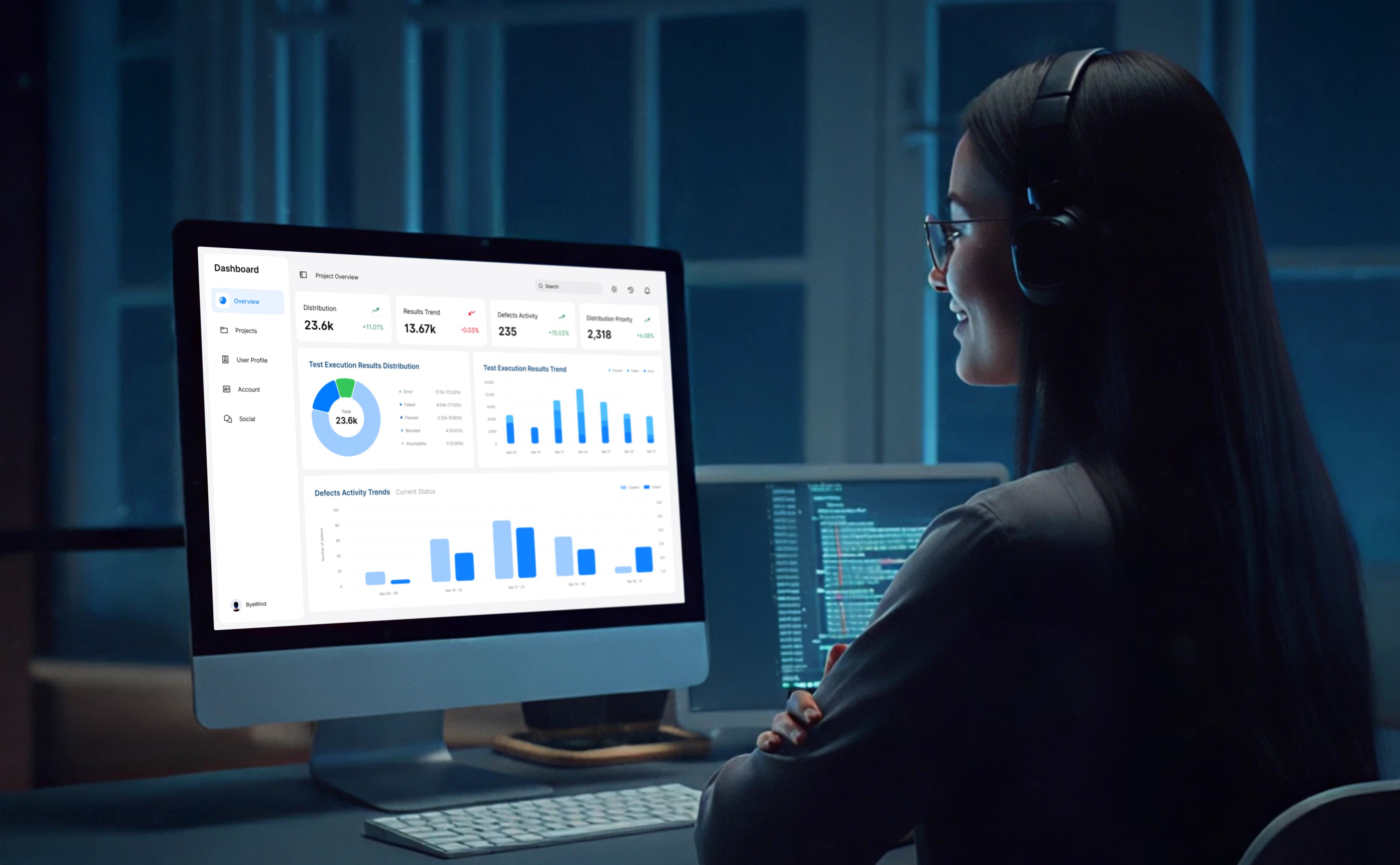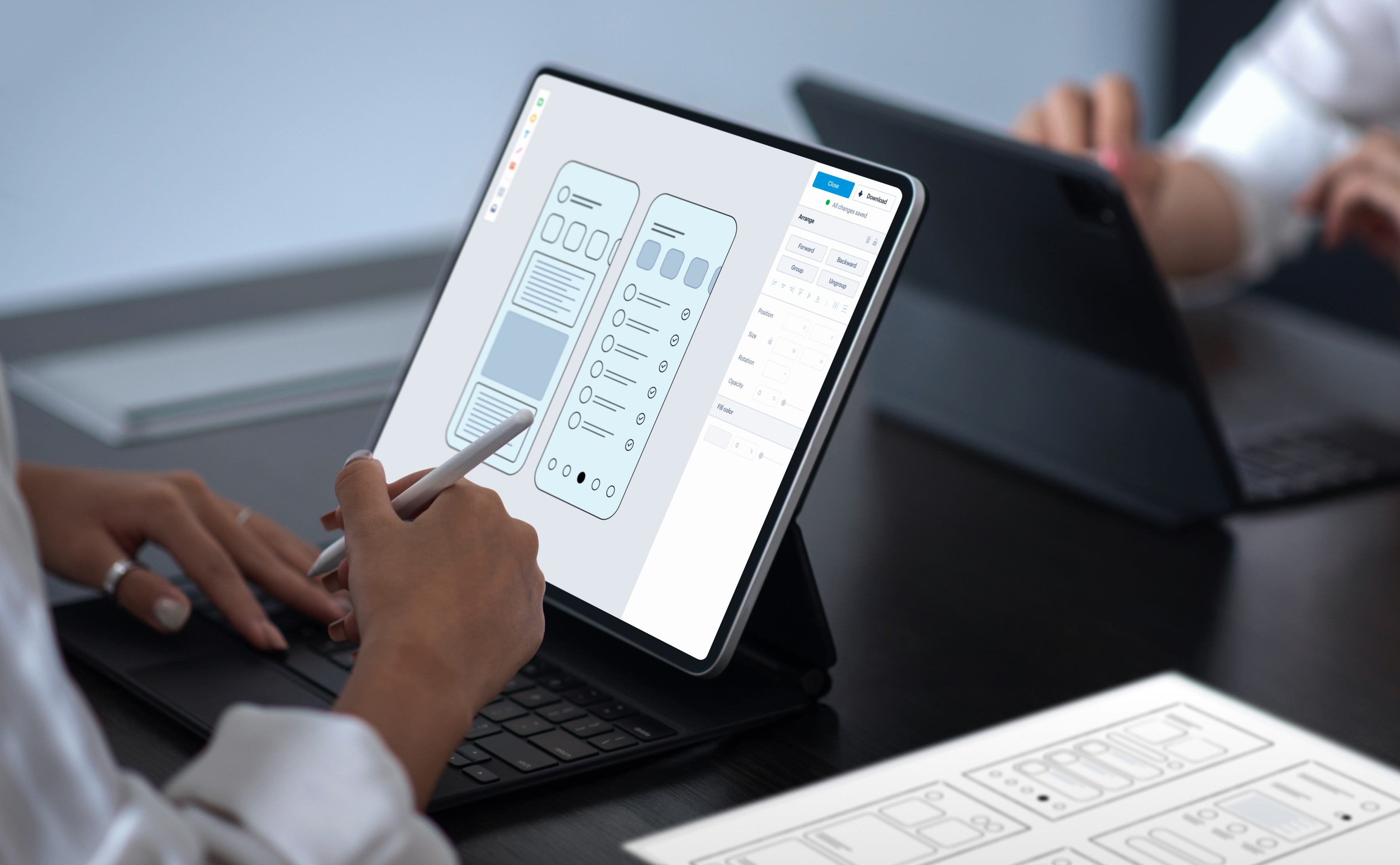Customer vs Consumer: What's the Difference?

In 2025, customer behavior has shown notable shifts. Reports from the CX Index indicate that brands prioritizing customer-centric strategies generate profits that are 60% greater than those that neglect customer experience. Furthermore, 73% of consumers will switch to a competitor after having multiple negative experiences, emphasizing the importance of customer satisfaction.
Most people tend to use the words customer and consumer interchangeably by assuming they mean the same thing. But in a marketing and advertising scenario, they are not the same. In many situations, the customer and consumer can be the same person, but these terms have different meanings.
This guide will provide you with information about customers and consumers, including their key differences, various types, and real-life examples. Dive into this article to gain relevant insights into customer and consumer behavior, as well as how to effectively implement them to propel your business forward.
Overview of Customer vs Consumer
Who is a Customer?
A customer is an individual or entity who purchases a product or service. Often, the customer making the purchase is also the consumer; however, this is not always the case. Customers make the transactions happen, and their active presence directly influences the cash flow. They can be anyone who buys groceries, businesses ordering office supplies, or individuals involved in financial transactions for goods or services.
Customers are considered economic drivers by businesses, and their choices influence market trends. Understanding the needs of customers, delivering high-quality products and services, and guaranteeing a positive purchasing experience are the key factors in maintaining customer satisfaction and encouraging repeat business.
A real-world example for the customer: If someone buys a book for a friend, they are the customer as they made the purchase, while the friend who will read the book is the consumer.
Who is a Consumer?
A consumer is a person or entity who uses the product or service. The consumer can only use the products or services for their livelihood and self-employment. Any person other than the buyer who consumes the goods or services is considered a consumer. In simple terms, the end user of any goods or services is the consumer.
Every individual who participates in the economy is considered a consumer of products. Take a kid playing with a new toy as an example. His/her parents bought it for him/her, which makes the parents customers and the kid who enjoys it the consumer. Consumers are more than just the buyers; they are the ones who get the value from what they purchased. Consumers' enjoyment of a product is crucial. It's because the success of a product or service depends on how much it can meet the needs and expectations of the consumer.
Difference Between Consumer and Customer?
The key difference between a customer and a consumer is in their roles and their relationship to a product or service. While a customer is the one who makes the purchase, a consumer is the one who uses or consumes it. This is the basic distinction between them. Let's look into it to find out more about their differences.
Basis | Consumer | Customer |
|---|---|---|
Role | Consumers are the end users who utilize the product or service. | Customers are the ones who invest money in the purchase. |
Transaction Focus | Consumers are concerned with experiencing and gaining benefits from the product or service. | Customers seek to obtain value for the money they spend on a product or service. |
Identity | Consumers can be individuals or organizations using the product for their personal needs. | Customers can identify a person or entity who makes the purchase. |
Repeat Business Impact | Satisfied users are more prone to using the product, which in turn promotes brand loyalty over time. | Satisfied customers are more likely to make repeated purchases, which positively affects business. |
Market Influence | Consumer behavior influences trends, demand, and product influence. | Businesses work as per the customer preferences, which influences their marketing strategies. |
Ultimate Goal | The objective of consumers is to satisfy their requirements or derive pleasure from utilizing the product or service. | Customers choose products and services that meet specific needs, resulting in satisfaction from the transaction. |
Customer vs Consumer: Key Differences
Both customers and consumers have distinct roles in how they operate. Here are some key differences between them:
1. Buying Habits
Among various differentiating factors, buying a good or service can be considered a key one. Customers often purchase goods with the intent of selling them at a higher profit. Businesses often buy products or services from other businesses. For example, a restaurant purchases ingredients from a food distributor. They also buy other products to incorporate into the final product, which can be a bakery buying flour and sugar to create pastries.
Customers often purchase goods to meet their requirements. This includes essentials like clothes and personal care items, whether purchased at full retail prices or during discount sales.
Consumers are the final users of the product. They might have bought it for themselves or brought it from a customer.
2. Pricing
Customers usually have to pay the full amount for the product. The price may decrease if the customer is a business purchasing the products wholesale or if the seller provides a discount.
Consumers may receive a discount on products or services if the businesses offer promotions or special deals. The price the customer has to pay is aligned with the list price of the item. The actual price perceived by the consumer can be affected by various factors, and this includes the value derived from usage or the inclusion of bundled offerings.
A clothing manufacturing company purchases fabric, thread, and other materials in large quantities as a customer. The shoppers at retail stores pay for the finished garment based on the material costs and additional expenses, including design, labor, and markup.
3. Marketing Strategy
The customers make the actual purchases, and companies direct their marketing strategies toward them through social media or email campaigns. For example, a restaurant owner could receive a promotional message from a food supplier that offers a limited-time deal on bulk ingredients they have previously ordered.
Consumers may not always be the buyers. They can be the person who uses the product purchased by someone else. Marketers mostly design campaigns by keeping this in mind. For instance, toy companies run their ads during kids' TV programs.
4. Group Size
Customers and consumers can take various forms, whether as individuals or groups. A customer can be a single person, an organization, or a consortium of businesses making a purchase. Consumers are final users; they can be individuals, families, or larger groups. They use or benefit from the product or service.
5. Marketing Influence
Customers influence how a business makes decisions based on their purchasing preferences and the frequency of their purchases. If a store runs out of a particular product, customers will know that the product has high demand and choose to buy more next time.
The behavior of the customers affects marketing practices as it involves targeting both buyers and end users. Toy ads aimed at children run in between children's programs, raising the children's desire for the toy, while the parents are the ones who ultimately make the purchase.
6. Buyer’s Journey
Customers and consumers have the same buying journey and may buy the product or service again. Businesses that depend on these customers and consumers for their income recognize this fact and develop effective strategies accordingly.
Types of Customers
For every business, customers play an important role. The customers are mostly responsible for a business making a profit. There are different types of customers; here are a few:
1. New Customer
New customers engaging with your business for the first time are often curious and lack loyalty. Initial impression significantly influences their journey toward becoming a loyal customer.
2. Repeat Customer
Repeat customers are those who have done business with you before and have returned to take advantage of your products and services. It is clear that they are pleased with their previous experiences, and customers like these are significant to the growth of a business.
3. Loyal Customer
These customers are fewer in number, but they are happy with the business's product or service, so they generate more sales and profits.
4. Discount Customer
Customers like these are regular visitors who make purchases of services when discounts are available, or only buy low-cost products.
5. Trade Customer
Customers are businesses or professionals who purchase products either for reselling or to use in their production process. These customers buy products in bulk and expect special pricing or discounts.
6. Need-Based Customer
These customers only purchase what they need or are accustomed to. They shop as fast as they can.
7. Seasonal Customer
Customers like these only buy during certain times of the year, such as holidays, special events, or to meet a specific need.
8. Final Customer (End User)
Final customers, or end users, are those who buy the product or service for their personal needs and won’t resell it. Their purchase decisions are typically based on their needs as well as their preferences.
Types of Consumers
A company that provides products or services must understand the various types of customers to effectively target them and achieve profitability. Some different types of customers include
1. Discrete Consumers
These consumers tend to make one-time or infrequent purchases, usually for durable goods that last for a long time. They don’t purchase these products regularly, as they don’t require frequent replacement.
2. Inferior Goods Consumers
Consumers like these are those who buy inferior goods, as they cannot afford expensive products. Inferior goods are not necessarily of poor quality; rather, they are in demand when consumers experience a drop in their income.
3. Normal Good Consumers
Normal goods are products or services whose demand increases when the consumer’s income increases and decreases when there is a decrease in income. Typically, consumers choose to purchase normal goods based on their financial stability.
4. Connected Consumers
Connected consumers are those who depend on technology and online shopping. They prefer to research products, compare price ranges, read reviews, and shop on e-commerce sites like Amazon, Flipkart, Myntra, and others.
5. Commercial Consumers
These consumers are often organizations or businesses that purchase for their operations or production processes. Commercial consumers often prioritize efficiency, cost-effectiveness, and maintaining long-term relationships with their suppliers.
6. Ethical Consumers
These consumers base their purchasing decisions on ethical principles, including fair trade, animal welfare, and workers' rights. They choose to support brands that align with their values and deliberately avoid companies they consider unethical.
Are you targeting the right audience?
Let's talkLoading...
Consumer Problems vs Customer Example
Here are some real-life scenarios involving customers and consumers.
Customers Examples
- A bakery that purchases flour and sugar from suppliers to make pastries for sale is a customer.
- When a construction company purchases lumber and concrete to build houses. It qualifies as a customer.
- A florist who buys fresh flowers from wholesalers and arranges them for clients is considered a customer.
- A parent who purchases school supplies for her daughter from a hypermarket.
Consumer Examples
- A student uses school-provided tablets to complete the assignments.
- A child plays with a toy that their parents bought for them.
- A patient uses medical equipment provided by the hospital during treatment.
- A traveler watches movies on an in-flight entertainment system.
Customer-to-Consumer Examples
- A customer who buys coffee beans from a local roastery to brew at home is also a consumer.
- A customer who purchases athletic shoes from a sporting goods store to wear during exercise is also a consumer.
- A customer who subscribes to a streaming service and watches shows on their device is also a consumer.
- A customer who orders takeout food from a restaurant and consumes it at home is also considered a consumer.
Wrapping Up
Knowing the difference between a customer and a consumer goes beyond understanding and using the terms correctly. In marketing, you have to address each group differently and customize your sales strategies to convert your customers into consumers and vice versa. While customers contribute to sales, satisfied consumers can have a greater impact. They can attract new customers and consumers through their positive feedback.
Understanding how these groups differ and how each affects your business will help you serve both customers and consumers better. Keep in mind that knowing your audience in every way is not merely beneficial — it's crucial for your business to thrive.
Ready to grow your business online? Let WAC be your digital growth partner. We recognize the needs of your brands, and our digital marketing services are designed with those specifics in mind. Whether you are focused on building brand awareness, generating leads, or driving sales, we combine strategic insights with proven expertise to enhance your brand's online presence. So let’s join hands!
Want your marketing to speak to the right people?
Let's talkLoading...
- Guide to Winning with PPC: Optimizing Your Paid Search Strategy
- How to Increase Views on Instagram Reels in 2025 – Proven Viral Hacks
- Email Writing Format: How to Write an Email Effectively (Tips and Examples)
- The Scope of Digital Marketing in 2025 & Beyond
- 20 Best Advertisement Examples of All Time for Creative Inspiration
Discover Digital Transformation
Please feel free to share your thoughts and we can discuss it over a cup of tea.










